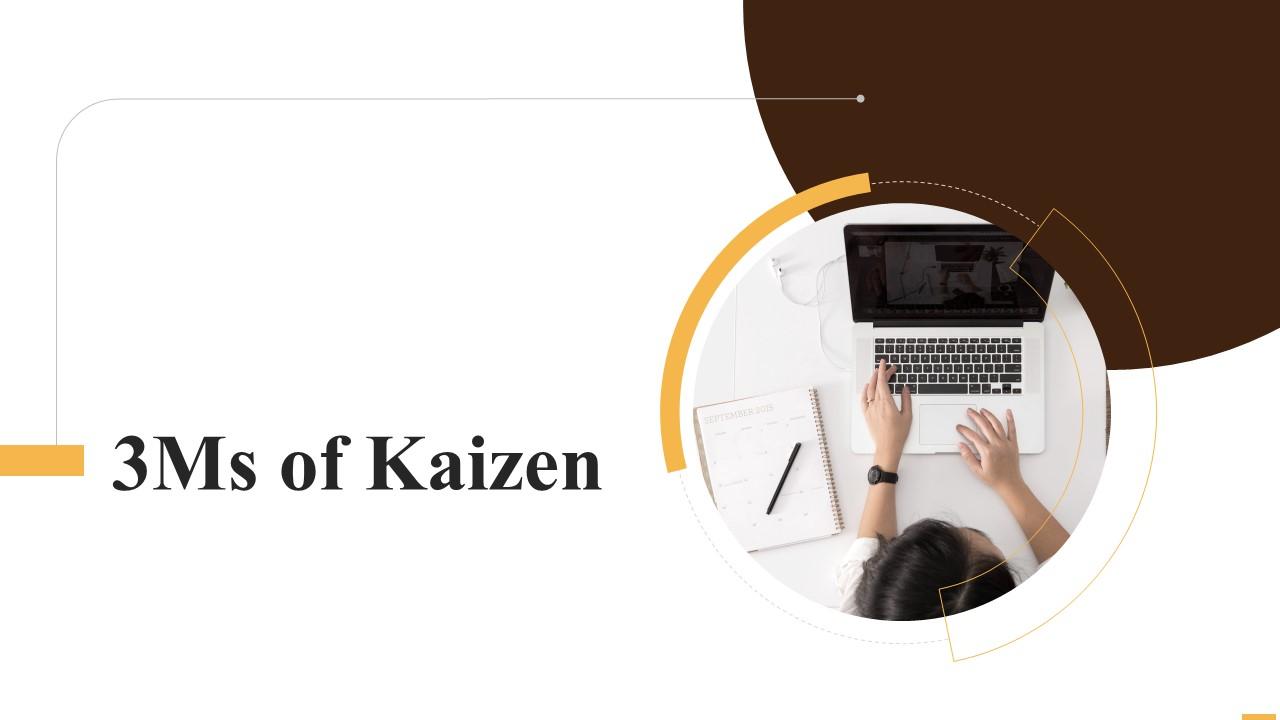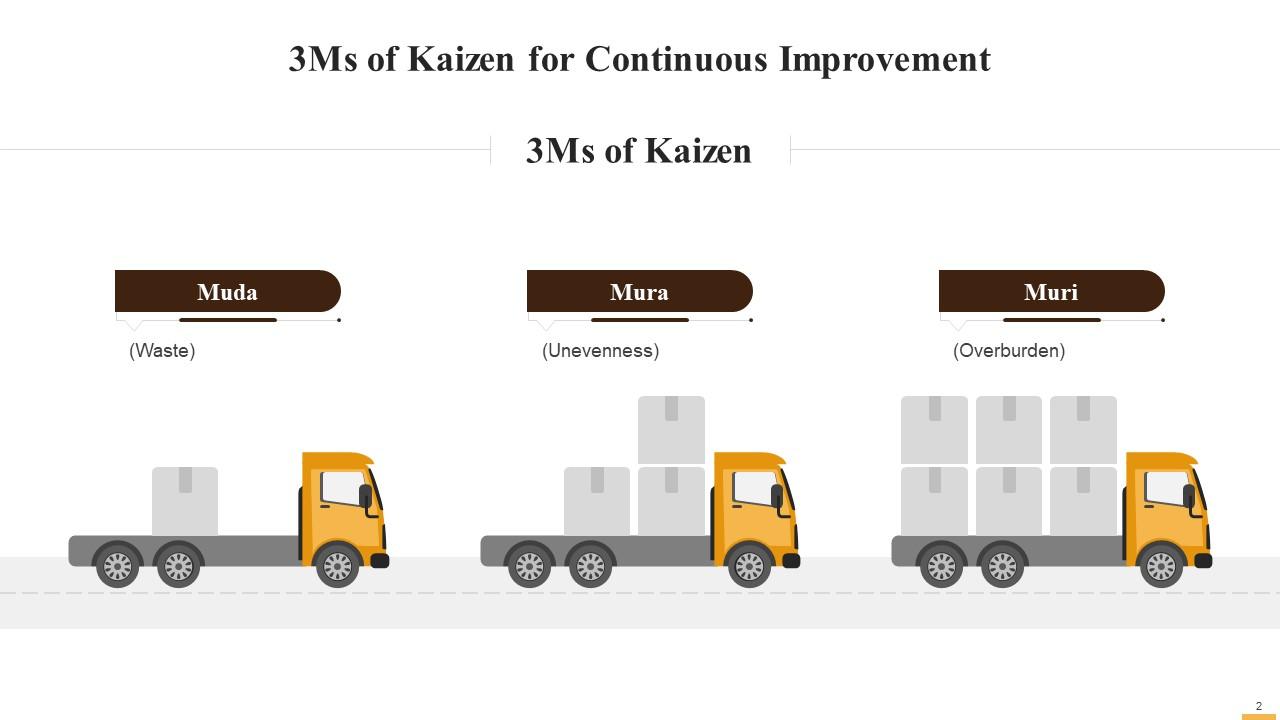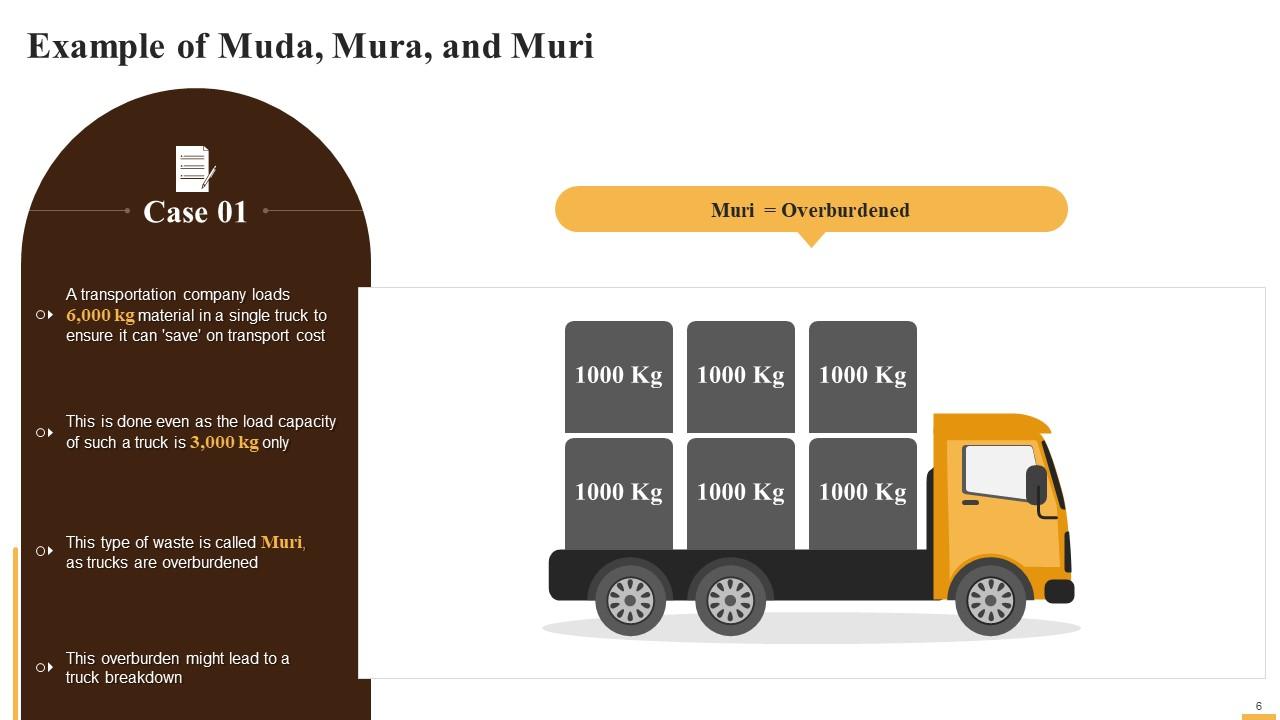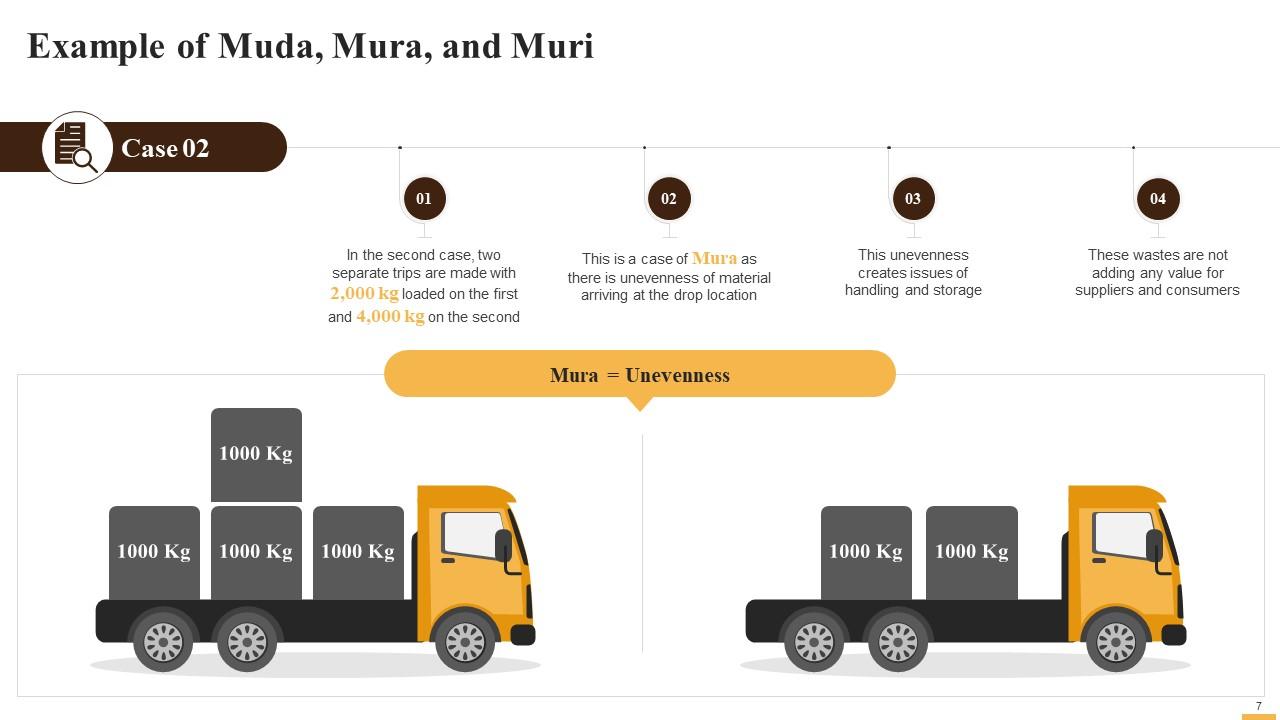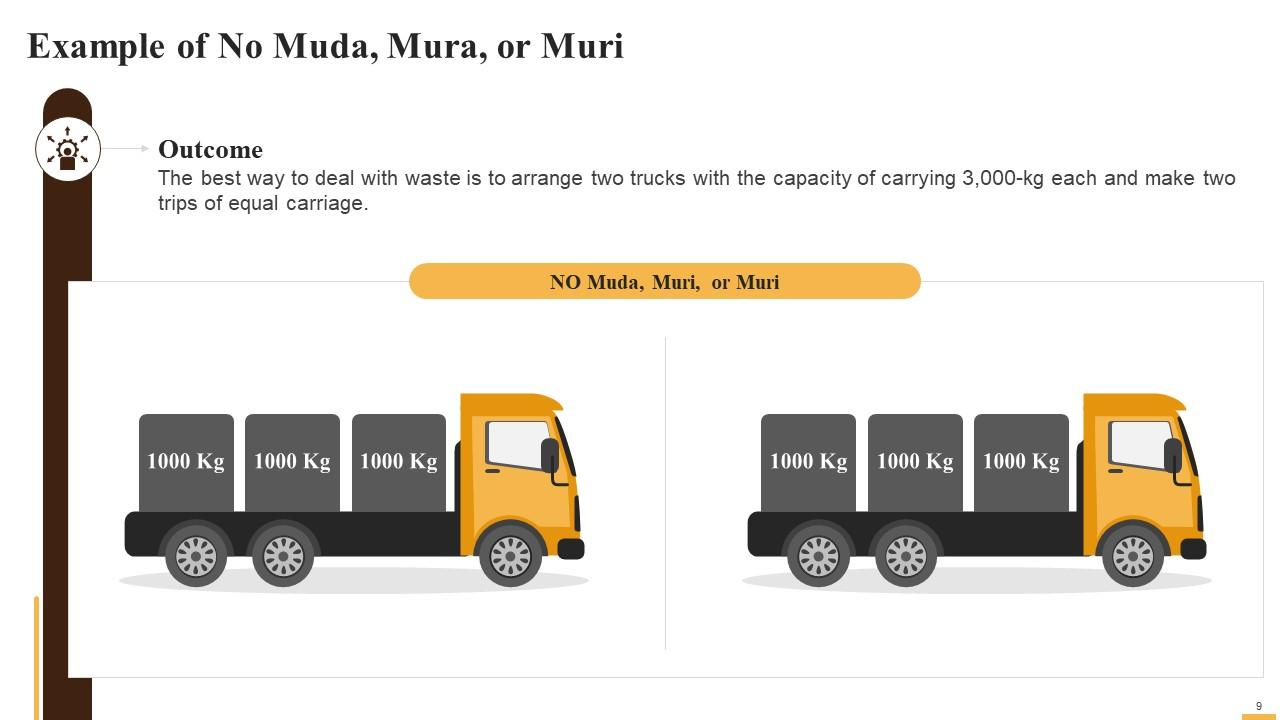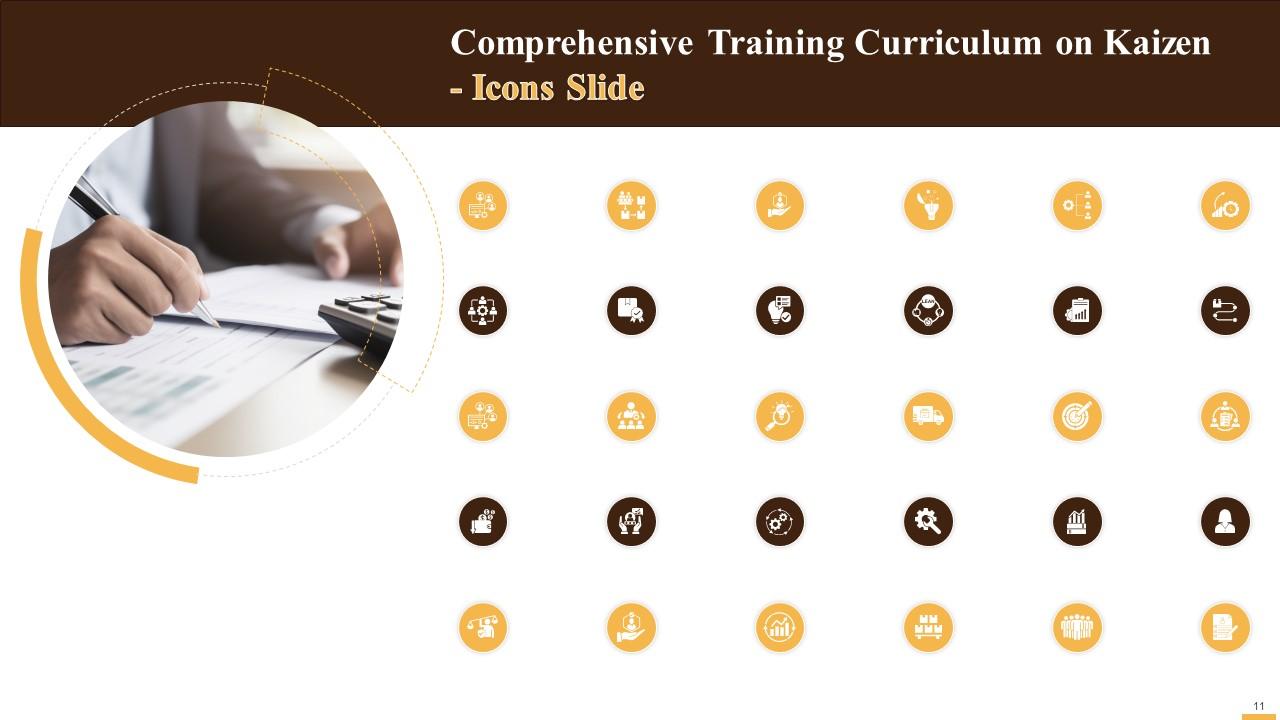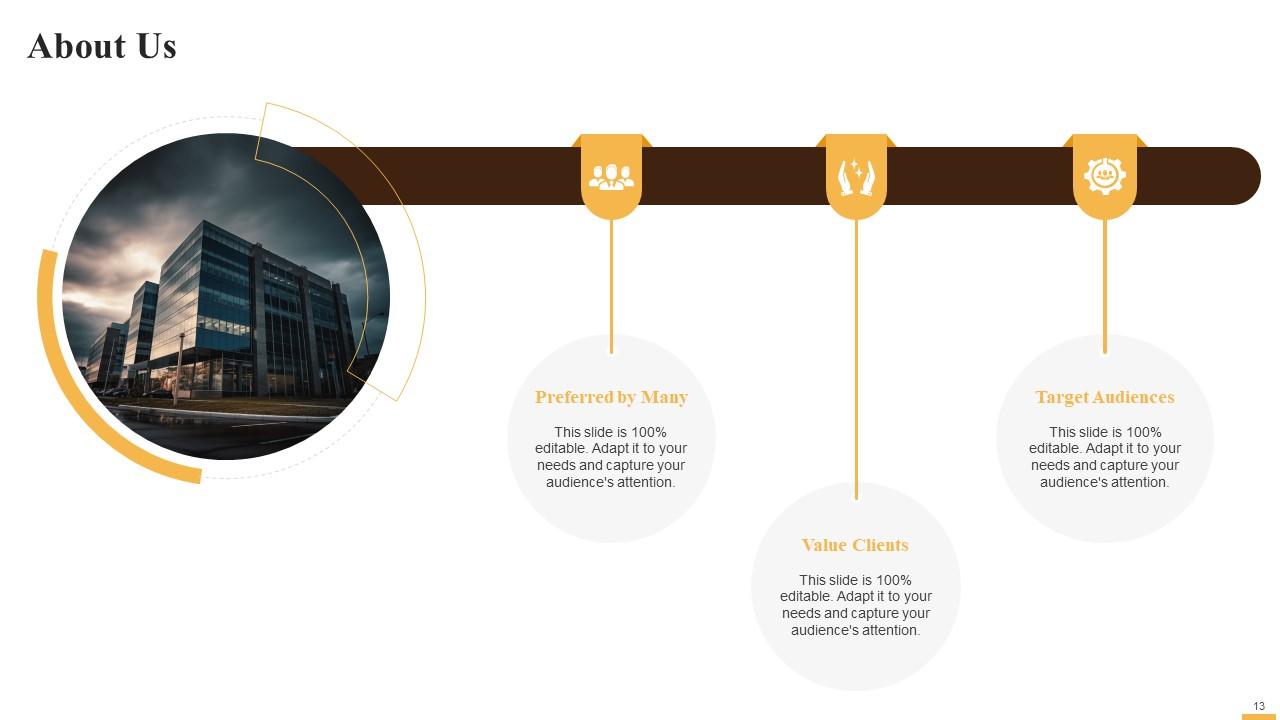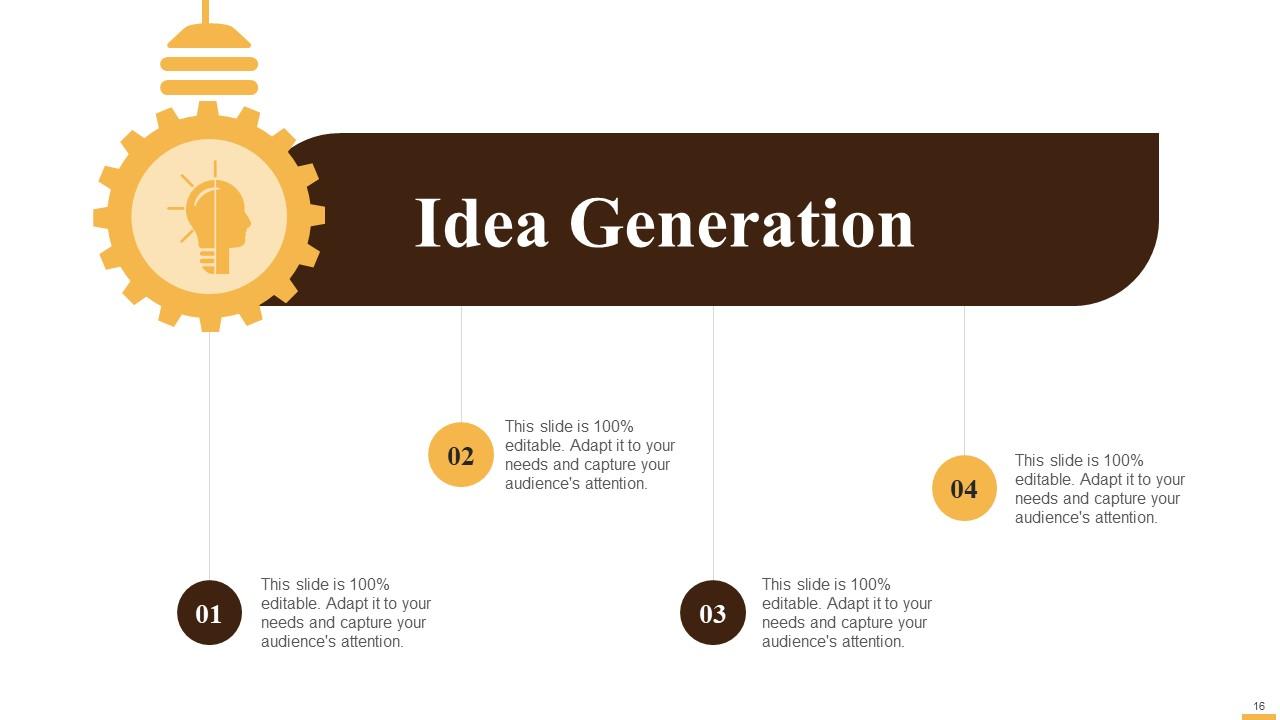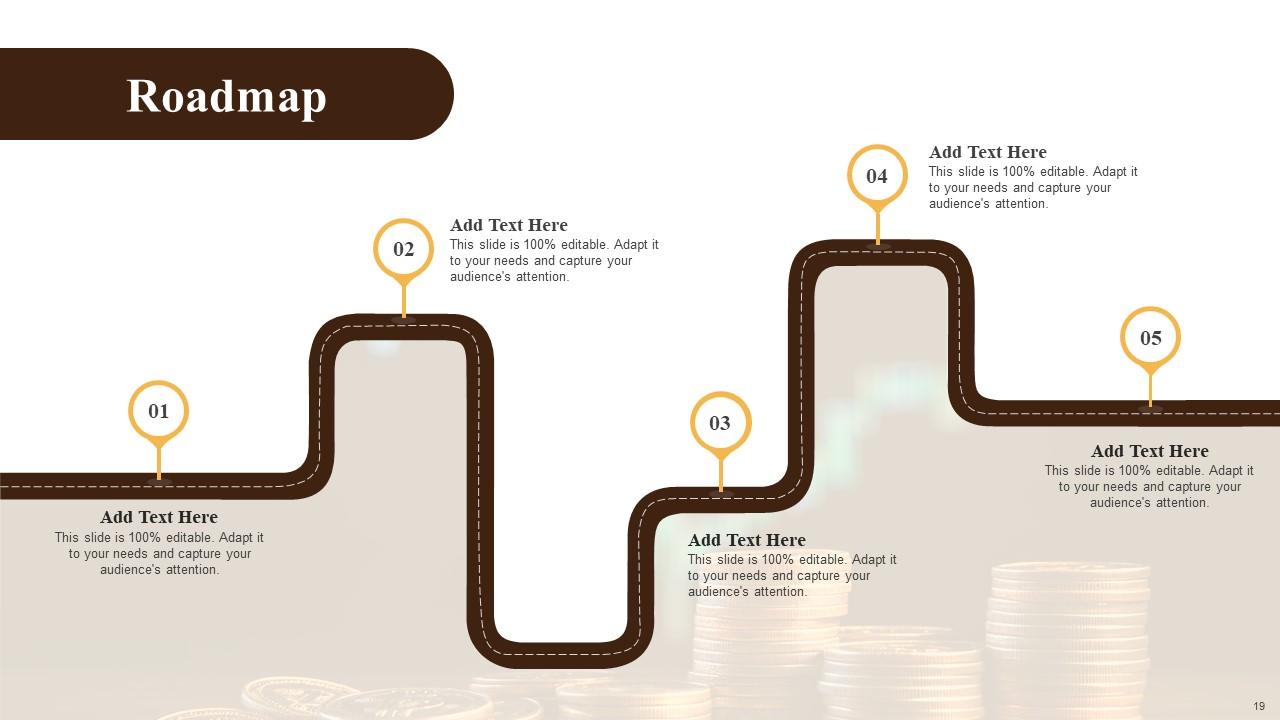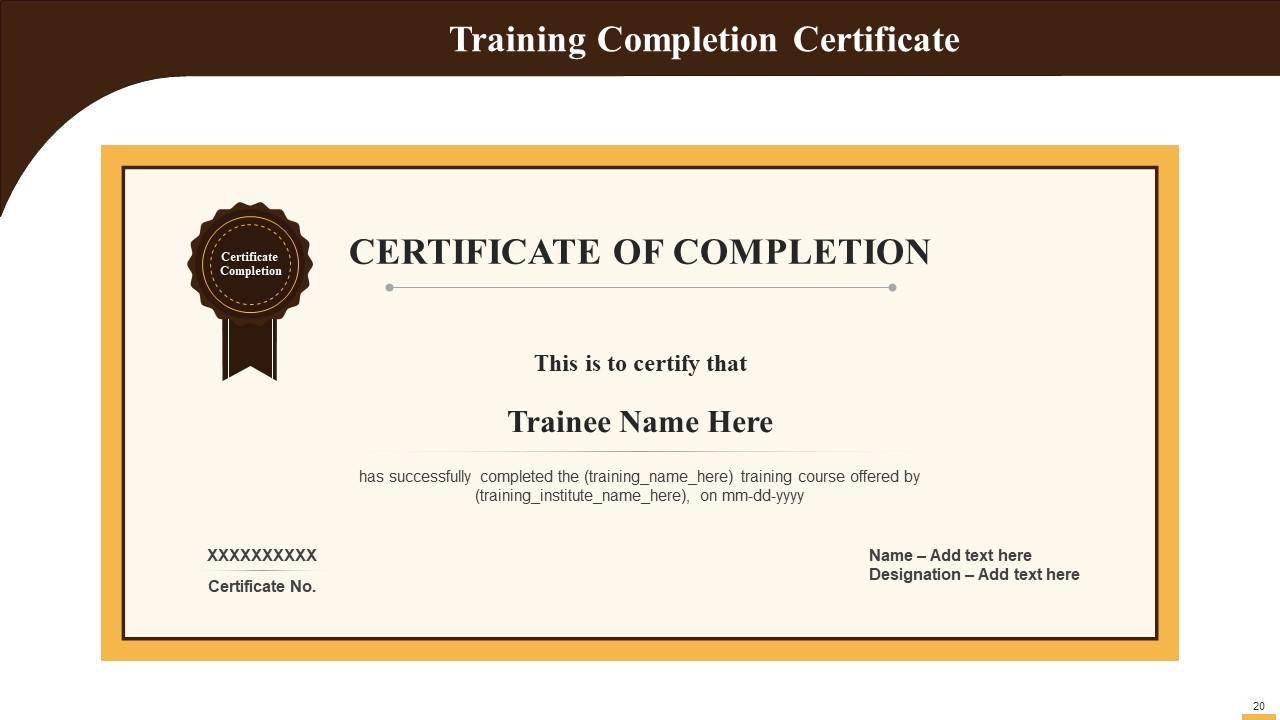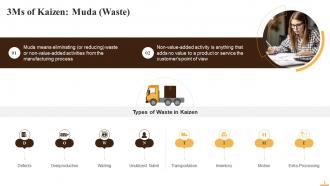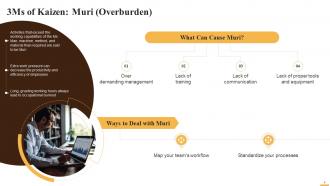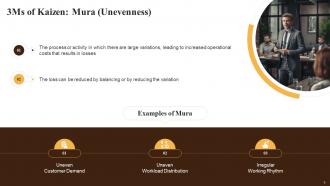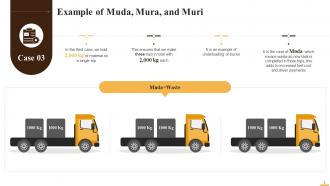3Ms Of Kaizen Training Ppt
These slides cover the concept of the 3Ms of Kaizen for continuous improvement. The 3Ms are Muda Waste, Muri Overburden, and Mura Unevenness.
These slides cover the concept of the 3Ms of Kaizen for continuous improvement. The 3Ms are Muda Waste, Muri Overburden, an..
- Google Slides is a new FREE Presentation software from Google.
- All our content is 100% compatible with Google Slides.
- Just download our designs, and upload them to Google Slides and they will work automatically.
- Amaze your audience with SlideTeam and Google Slides.
-
Want Changes to This PPT Slide? Check out our Presentation Design Services
- WideScreen Aspect ratio is becoming a very popular format. When you download this product, the downloaded ZIP will contain this product in both standard and widescreen format.
-

- Some older products that we have may only be in standard format, but they can easily be converted to widescreen.
- To do this, please open the SlideTeam product in Powerpoint, and go to
- Design ( On the top bar) -> Page Setup -> and select "On-screen Show (16:9)” in the drop down for "Slides Sized for".
- The slide or theme will change to widescreen, and all graphics will adjust automatically. You can similarly convert our content to any other desired screen aspect ratio.
Compatible With Google Slides

Get This In WideScreen
You must be logged in to download this presentation.
PowerPoint presentation slides
Presenting 3Ms of Kaizen. These slides are 100 percent made in PowerPoint and are compatible with all screen types and monitors. They also support Google Slides. Premium Customer Support available. Suitable for use by managers, employees, and organizations. These slides are easily customizable. You can edit the color, text, icon, and font size to suit your requirements.
People who downloaded this PowerPoint presentation also viewed the following :
Content of this Powerpoint Presentation
Slide 2
This slide illustrates the 3Ms of Kaizen for continuous improvement that are Muda, Muri, and Mura.
Instructor’s Notes:
The 3Ms of Kaizen for continuous improvement are:
Muda (Waste):
- Muda means eliminating waste or non-value-added activities from the manufacturing process
- Non-value-added activity is anything that adds no value from the customer's point of view
Muri (Overburden):
- The activity that exceeds the capacity of 4Ms: Man, machine, method, and material than required are Muri
- The excessive burden or load applied on machines, vehicles, and employees results in poor work
Mura (Unevenness):
- The process or activity in which there are large variations can result in losses that increase operation costs
- The loss can be reduced by balancing or by reducing variations in tasks such as demand forecast accuracy
Slide 3
This slide contains information about the 3Ms of Kaizen with focus on Muda (Waste). Muda is a Japanese term that means waste. Using Kaizen, businesses focus on eliminating (or reducing) waste or non-value-added activities from the manufacturing process for improved efficiency.
Slide 4
This slide explains about the 3Ms of Kaizen Muri (overburden) for continuous improvement. It also explains that activity that exceeds the capacity of 4Ms against the actual requirement such as man, machine, methods, and material is known as Muri.
Instructor’s Notes:
Multiple factors that lead to Muri are:
Over-demanding:
- In a business setting, higher management gets over-demanding of employees; it is the process through which employees are pushed to give more input at work to produce increased output
- This increases the number of unfinished tasks, which could result in chaos and burnout
Lack of training:
- Companies neglect training sessions, resulting in team members taking more time to complete a task than required
- For e.g., if an employee is trained to work as a copywriter, but the manager decides to use them as a designer. It will be difficult for that employee to deliver good images; it will also take longer than a regular designer
Lack of communication:
- Employees working in an organization should have good communication with each other that will contribute to the success of the organization they are working for
- Establishing clear communication channels can help any overburdening scenario from arising
- For e.g., A meeting between the manager and three of his team members resulted in a decision to make seven new landing pages for the company website
- As the meeting was based on a verbal agreement, the designers were not informed of the project until the last day of submission, which resulted designers being overburdened. Ultimately, the organization suffered a negative impact due to the miscommunication
Insufficient tools and equipment:
- Teams across organizations will feel overburdened as they require more time to complete their tasks as a result of old equipment
- It is essential to manage each team member; providing better quality tools is critical to preventing a systemic collapse of work processes
Ways to deal with Muri are:
Map team’s workflow:
- Start mapping your team's workflow with an identification of their capacity and valuing their creativity
- Setting workflow limits for each stage
- Each team member ensures that multitasking will not be done; every employee has to focus on completing the current task and then moving on to the next one
Standardize the process:
- Standardization is another way to deal with Muri
- Standardization helps in processing documents and training team members to ensure that everyone is trained to do the right work
- It also helps develop good communication between employees; misunderstandings and misconceptions are avoided
Slide 5
This slide illustrates Mura as a philosophy for continuous improvement. It also explains that the process or activity in which there are large variations leads to losses as operational costs rise.
Instructor’s Notes:
Examples of Mura are:
Uneven Customer Demand:
- Customer demands are always given utmost importance
- Companies find it difficult to forecast customer requirements as these are dynamic, which leads to unevenness
- Planning ahead is also considered a waste because, by the time the project is delivered, the customer demand might change
Uneven Workload Distribution:
- Employees sometimes deal an overwhelming number of tasks to complete
- Other team members may have limited work to occupy their professional time, leading to resentment
- This leads to work pressure on employees that can hamper their productivity
Irregular Working Rhythm:
- Irregular work rhythm happens when a business follows no standard work process
- It leads to an interruption in workflow, with processes going haywire
Slide 6 to 9
These slides illustrate cases of Muda, Mura, and Muri for Kaizen training session.
3Ms Of Kaizen Training Ppt with all 29 slides:
Use our 3Ms Of Kaizen Training Ppt to effectively help you save your valuable time. They are readymade to fit into any presentation structure.
-
The slides are remarkable with creative designs and interesting information. I am pleased to see how functional and adaptive the design is. Would highly recommend this purchase!
-
World-class PowerPoint designs that are fully customizable!


